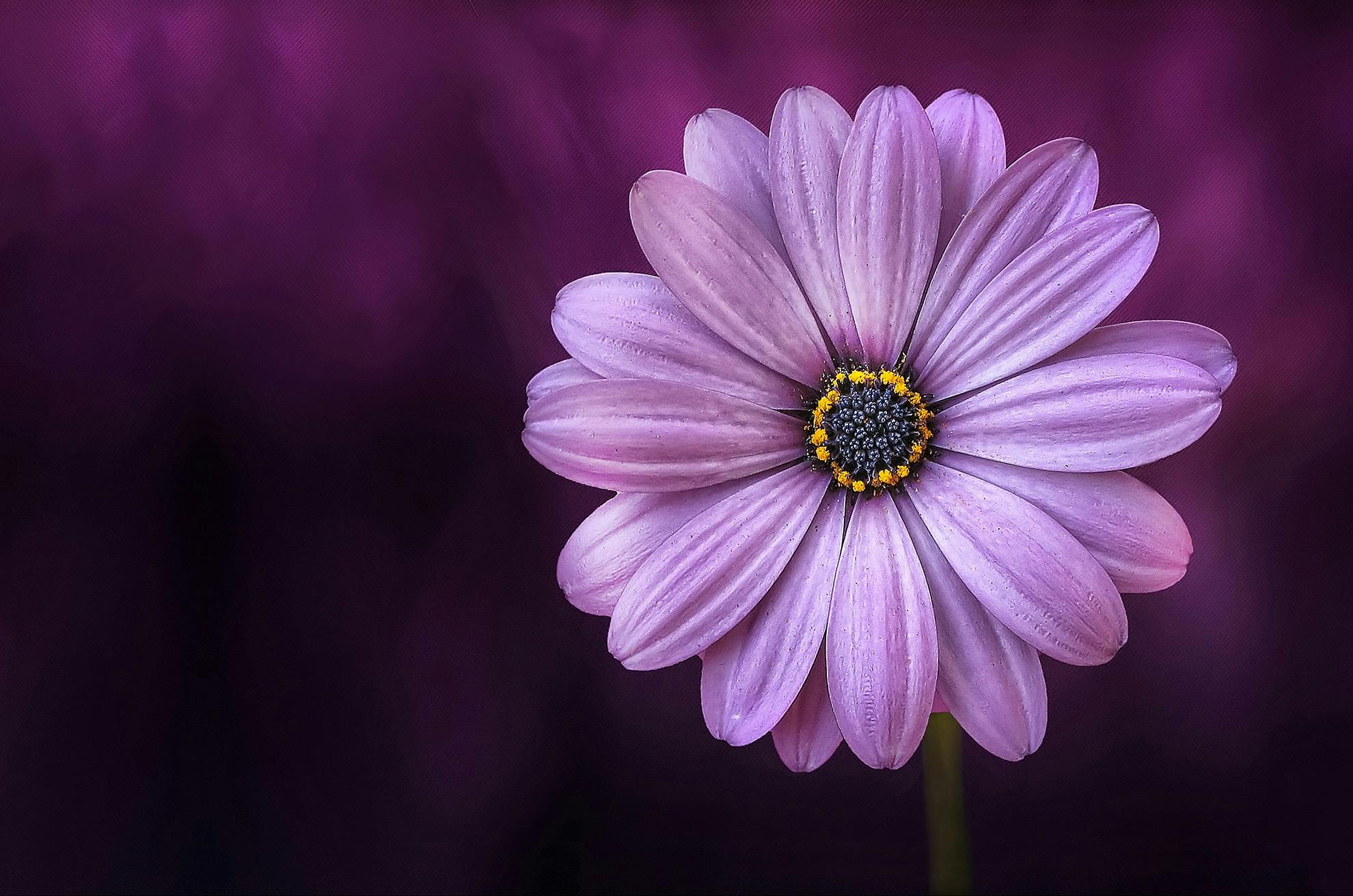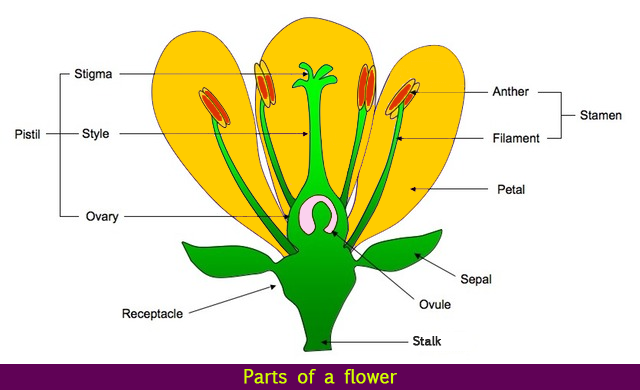Since early childhood, everyone is attracted to one unique part of the plants. This part of the plant determines its beauty. Not just humans, even animals, and insects are drawn to the flowers of plants. Flowers act as identifiers, and we can instantly name the plant on the basis of its flower. Flowers exist in different shapes and sizes, different colors and in some plants, the flower does not exist at all. Let’s learn more about this interesting part of the plant.
Suggested Videos
Introduction to Plants
All around us, everywhere we go, we see plants. We can tell from our observation that there is a huge variety of plants. Some are tall, some are short. There are some which are just of one color, and some which have various colors. We classify plants into three categories.
- Herbs: Plants with green and tender stems are known as herbs. These are short, and may not have many branches. For example, thyme, basil, and lavender come under the category of herbs.
- hrubs: Shrubs are plants that have the stem branching out near the base. The stems of these plants are not very thick but are hard. Acacia, hibiscus, and maple fall into the category of shrubs.
- Trees: There are some plants which are very tall. Their stem is very hard and thick. As the stem rises and becomes higher, it branches outward. These plants are called trees. For example, apple, mango, and walnut are trees.

Browse more Topics under Getting To Know Plants
The Flower
- The flower is the most prominent part of a plant.
- The open flower’s most attractive parts are the petals. The petals may vary in color depending on the flower.
- The small prominent leaf-like structures on the bud are known as sepals.
- If we cut the flower open, we can see the parts inside, and we can identify the pistil and the stamen.
- The pistil is the innermost part of the flower. It is the female part of the flower.
- The stamen is the male part of the flower.
- The ovary is the swollen part at the base of the pistil. The small bead-like structures in the ovary are called ovules.
Questions For You
Q1. Which of the following statements are true for flowers?
a. Flowers are always bisexual
b. They are the sexual reproductive organs
c. They are produced in all groups of plants
d. After fertilization, they give rise to fruits
e. Both B and D
Sol: e. Both B and D
Flowers are the sexual reproductive organ of the plant because they contain male and female reproductive organ- stamen and pistil which form male and female gametes (pollen, ovule).Flowers can be unisexual (having only stamen or pistil) or bisexual (contain both stamen and pistil). After fertilization male and female gametes fuse to form zygote and ovary develop into fruit. Some plants do not produce flower like-moss, fern etc. These plants reproduce by spores.
Q2. The swollen part of the pedicel is known as:
a. Petiole b. Stipule
c. Sessile d. Thalamus
Sol: d. Thalamus







Leave a Reply